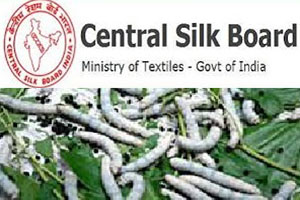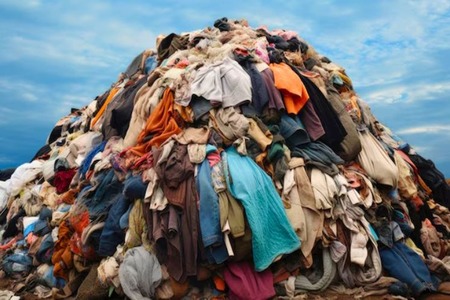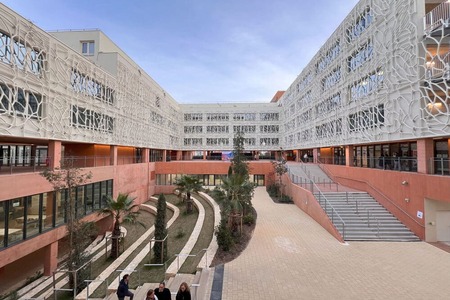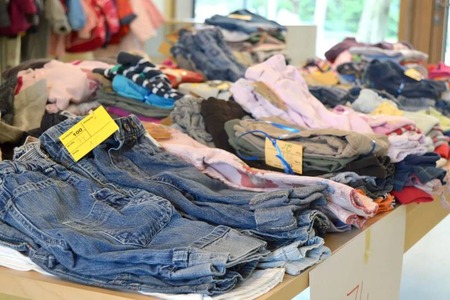
CSB to increase raw silk production with focus on food plant cultivation
YarnsandFibers News Bureau 2017-08-18 10:00:00 – Tamil NaduThe Central Silk Board to assure cocoon production thereby increasing the production of raw silk thread has decided to sensitize the sericulture farmers to choose food plant cultivation variety that would suit the water availability in their region.
The CSB chairman, K.M.Hanumantharayappa said that the annual production of raw silk hovered around 28,000 metric tonnes, out of which 98 percent belonged to the mulberry variety. The other three varieties were Muga, Eri and Tusar.
For instance, cultivation of rain-fed plant variety in rain-fed areas and water intensive variety in areas where more water was available, should be taken-up, Mr. Hanumantharayappa said.
Once the raw silk production increased, their prices would fall automatically as the demand-supply gap would be reduced. Earlier, the seri-culture farmers used to harvest four crops in a year but now with four different varieties of food plants, they could harvest not less than 10 crops in a year.
Mr. Hanumantharayappa talking about the Goods and Services Tax (GST) said that it would cause a steep hike in the price of finished silk goods, once the raw silk prices fell, cost of the finished goods would also get reduced.
He further added that the small producers of silk sarees would have to pay a GST of 2% on their sales if their annual turnover was between Rs. 20 lakh and Rs. 75 lakh. Others having a turnover of above Rs. 75 lakh every year, would have to pay a 5 % GST every year.
He also called upon those working in the silk industry to maintain proper records so that they could get exempted from the GST regime, since most of them did business well below the limit of Rs. 20 lakh turnover every year.
Market Intelligence
Ask for free sample Report

experience
Customer Base
dedicated team
Countries Served Worldwide









